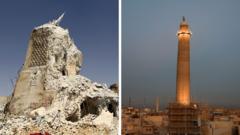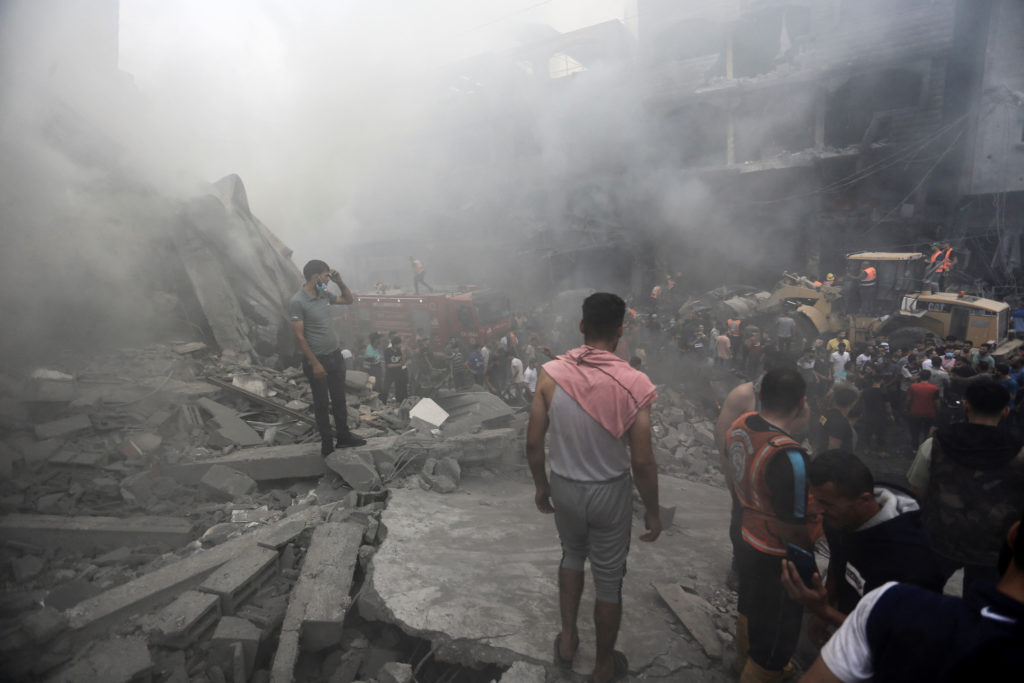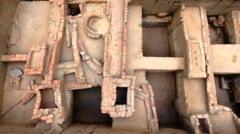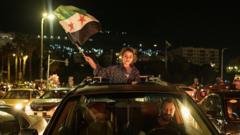The city, a symbol of coexistence, suffered drastically during its three-year occupation by ISIS, with countless historical buildings destroyed, including the al-Hadba minaret and al-Nuri mosque. Local artisans and residents, alongside international aid, spearheaded the restoration efforts with an investment exceeding $115 million. The project not only focused on structural repairs but also on rebuilding trust among various ethnic and religious groups, facilitated by community leaders like Father Olivier Poquillon.
As Mosul transforms from a "ghost town" into a vibrant community hub once again, the restoration of 124 homes and numerous landmarks has revitalized both the cityscape and its cultural identity. The recovery process has engaged local youth, leading to over 6,000 job opportunities. Residents express overwhelming joy at returning to their rebuilt homes, reflecting a collective healing journey. Mosul’s journey of revival from ISIS's wreckage stands as a testament to resilience, offering hope for a harmonious future amidst ongoing challenges.
As Mosul transforms from a "ghost town" into a vibrant community hub once again, the restoration of 124 homes and numerous landmarks has revitalized both the cityscape and its cultural identity. The recovery process has engaged local youth, leading to over 6,000 job opportunities. Residents express overwhelming joy at returning to their rebuilt homes, reflecting a collective healing journey. Mosul’s journey of revival from ISIS's wreckage stands as a testament to resilience, offering hope for a harmonious future amidst ongoing challenges.





















